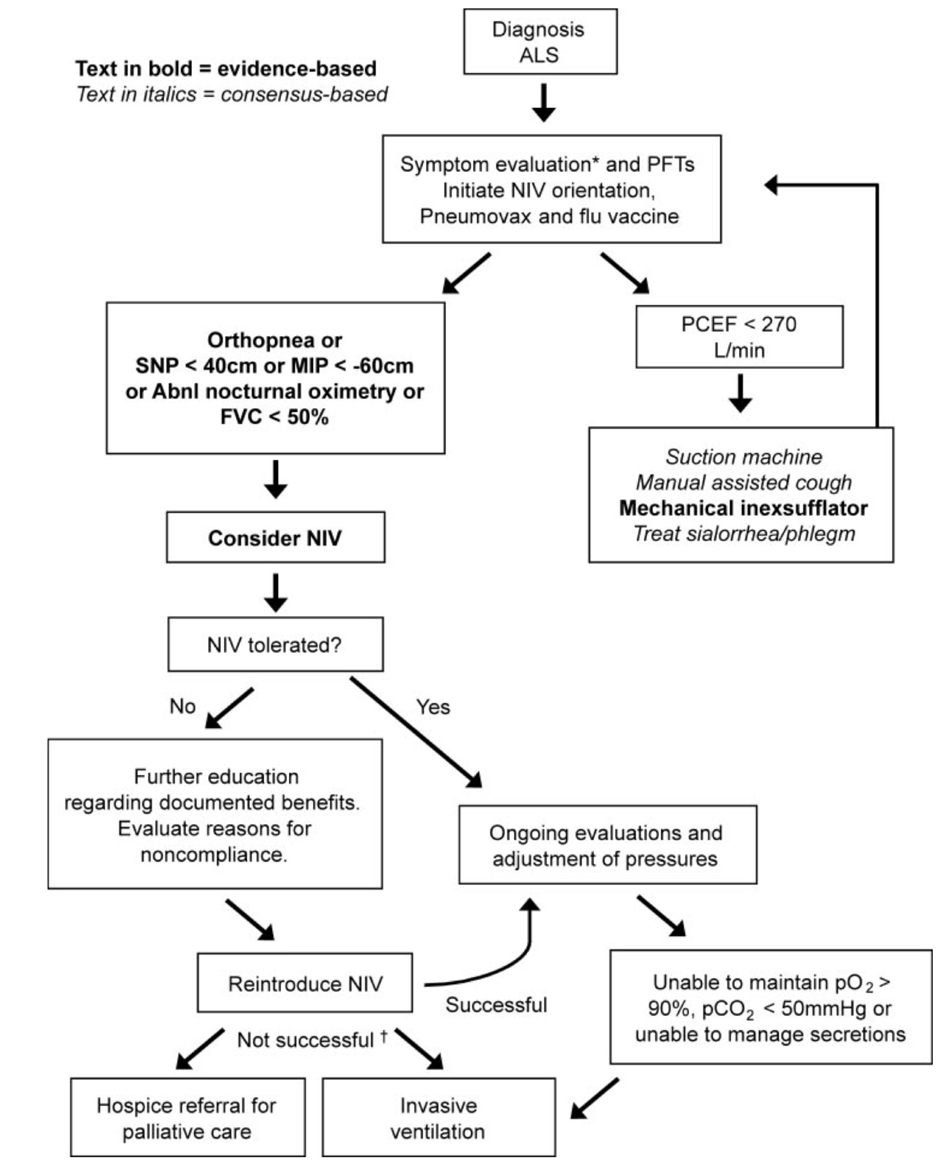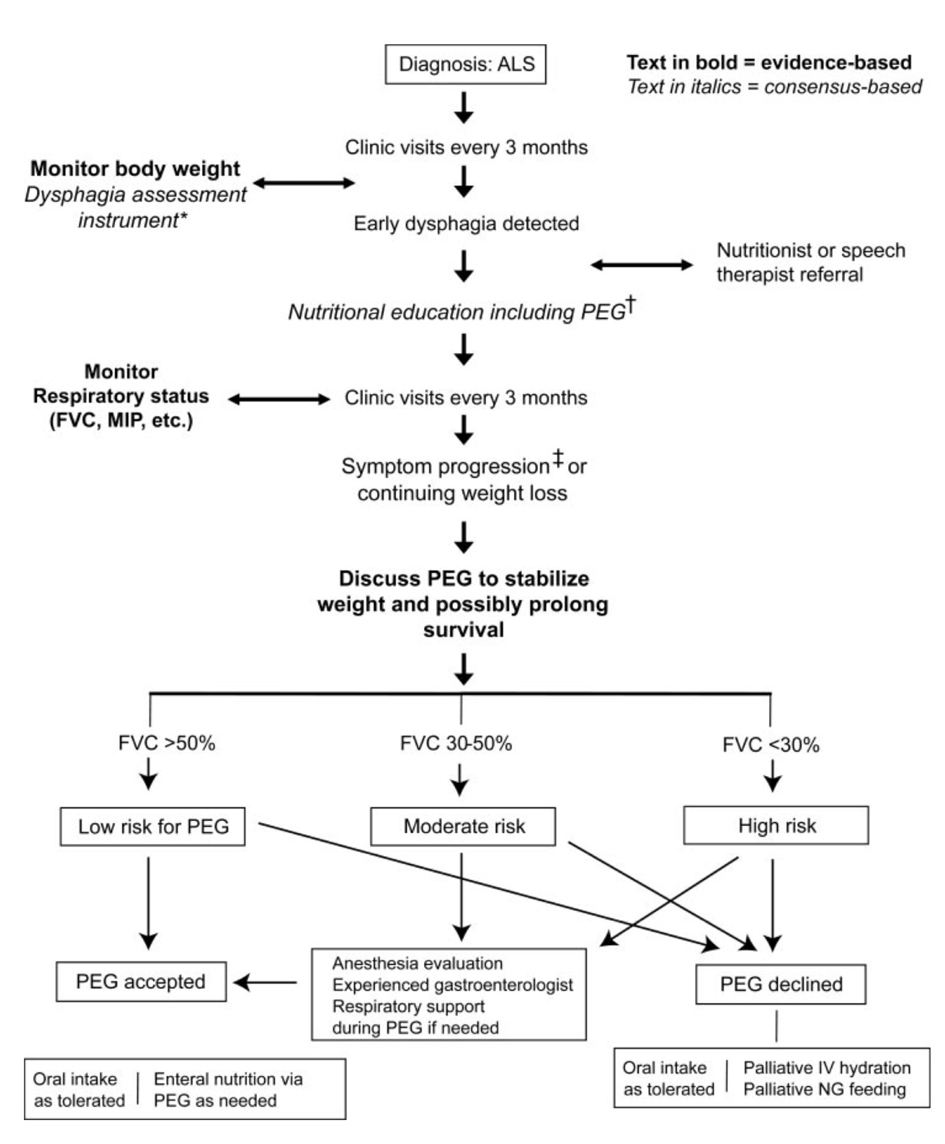| Lipid levels | | | |
| Dupuis et al. 2008 [38] | France | n = 369 | Long survival in patients with higher LDL-C/HDL-C ratio. § |
| Chio’et al. 2009 [39] | Italia | n = 658 | FCV < 70% in patients with lower levels of TC, HDL-C, LDL-C/HDL-C and TG. § |
| Dorst et al. 2011 [40] | Germany | n = 488 | Long survival in patients with higher levels of TC and TG by Kaplan-Meier method. |
| Sutedja et al. 2011 [41] | Netherlands | n = 303 | FCV < 70% in patients with lower levels of TC and LDL-C. †
Long survival in patients with higher LDL-C/HDL-C ratio. † |
| Paganoni et al. 2011 [43] | USA | n = 427 | No relationship between LDL-C/HDL-C ratio and survival. § |
| Ikeda et al. 2012 [42] | Japan | n = 92 | Inverse association between TC and LDL-C levels and rapid worsening of ALS-FRS and FVC. § |
| Dedic et al. 2012 [44] | Serbia | n = 82 | No long survival in patients with hyperlipidemia. † |
| Urate levels | | | |
| Keizman et al. 2009 [48] | Israel | n = 86 | Significant relationship between relative decline of urate levels and ALS-FRS. † |
| Zoccolella et al. 2011 [49] | Italia | n = 132 | Long disease duration or bulbar onset in patients with lower urate levels. † |
| Ikeda et al. 2012 [42] | Japan | n = 92 | Inverse association between urate levels and rapid worsening of ALS-FRS and FVC. § |
| Ferritin levels | | | |
| Qureshi et al. 2009 [50] | USA | n = 90, 99 | Inverse association between serum ferritin levels and disease progression. § |
| Ikeda et al. 2012 [42] | Japan | n = 92 | Association between ferritin levels and rapid worsening of ALS-FRS and FVC. § |

